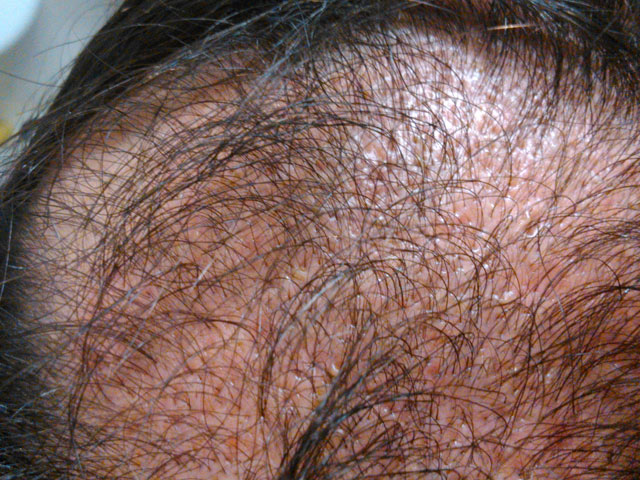Hi Doctor,
I underwent a FUE treatment 3 months ago, around 2000 grafts. i’m 38 and always had a good skin quality. All went well, but i remarked “yellow shadows” over the recipient area very early. My GP said it was all ok.
At 2 months post op i remarked i lost small 1cm hair, trapped in balls of dry sebum. Also had red pimples with pus for one week and itchy. Went to a dermatologist, he gave me antibiotics and a sebiprox shampoo. I had to stop the use of the shampoo because it made me lose a lot of hair very quickly. I still take antibiotics for 15 days now. No more red pustules, BUT still losing some hair trapped in sebum balls and recipient area still red and itchy.
You cannot see with natural eyes, but if you use a looking glass you can see that almost every pore that is hosting small hair is bathed into a yellow substance. Sebum i guess. I fear this will prevent the hair from growing and make it fall.
What should i do? the surgeon who operated on me said it was a skin problem not a follicle problem and told me to see the dermatologist! I dont know what to do! Thank you for your advice. I see some hair growing from the transplant and i dont want to lose them.
As it is nice to see and not infected can we exclude the terrible folliculis decalvans ?
Best Regards.

Click the photo to enlarge:

I don’t want to just brush your question off, but I don’t and I can’t diagnose medical conditions via the web. I think you should listen to your surgeon and make an appointment to see a dermatologist… or you could see another hair transplant surgeon or even your primary care doctor. This isn’t something I would want to guess about just based on a photo.
Some patients get infections and some have bad skin issues. You may or may not have both. Usually, within a few days, the evidence of a hair transplant in the recipient area is gone. Good washing techniques are critical to that process. At two months, you should be washing your hair, but not with too much pressure. Leave the shampoo on for around 5 minutes before you wash it off.
